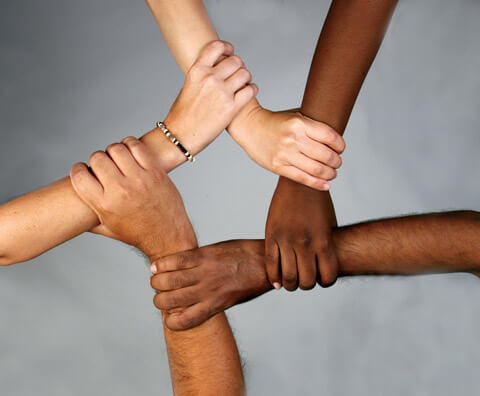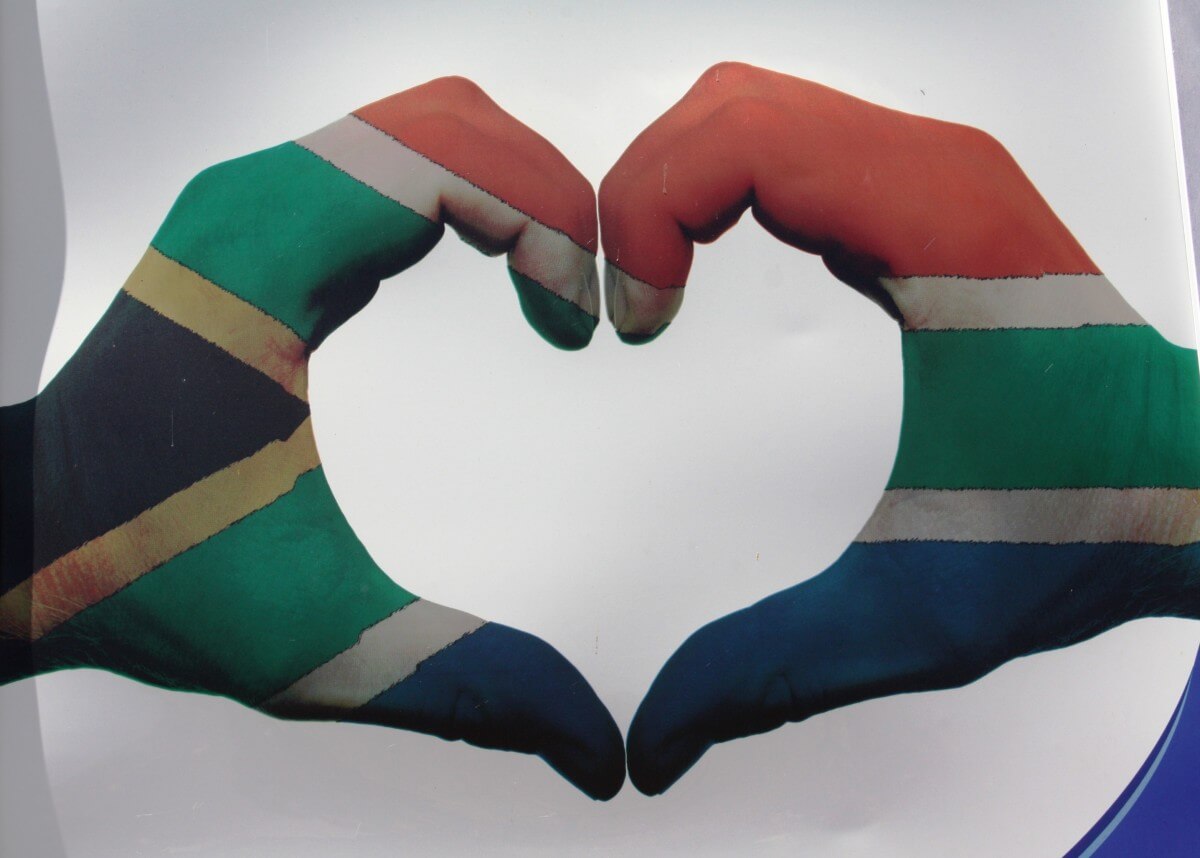Contents
Day of Reconciliation is an annual celebration observed on December 16. The people of South Africa have suffered under colonialism and inherent racism. The commemoration of this day marks the victory of Voortrekkers over the Zulu at the Battle of Blood River, which was held in 1838. The observance of this Day marks the end of apartheid, a racial segregation system. It is a Day established with the intention of promoting reconciliation and national unity for the country. It is a holiday in South Africa that encourages different peoples and groups in South Africa to settle in peace and unity. Day of Reconciliation acknowledges the importance of Voortrekkers’ victory and acts in accordance with reconciling the split between the people.
“In the end, reconciliation is a spiritual process, which requires more than just a legal framework. It has to happen in the hearts and minds of people.” – Nelson Mandela
History of the Day of Reconciliation
The observance of the Day of Reconciliation was established in 1994 and has been celebrated since 1995. Two historical events took place on this date. The first event was held in the year 1838 and marked the Voortrekker’s victory over Zulus in the Battle of Blood River. The second incident marks the formation of Umkhonto we Sizwe (MK) by the African National Congress (ANC) on December 16, 1961. The Day is also called the Day of the Vow, Day of the Covenant, or Dingane’s Day. In the early 19th century, many Afrikaner farmers had left the eastern cape and moved into the interior parts. The Voortrekkers were a group of Afrikaners who were protesting British colonialism and seeking independent republics who went on to settle in the empty land which was already inhabited by the Zulu people.

In late 1837, Piet Retief, one of the Voortrekker leaders, entered into negotiations for land with Dingane, the Zulu king. Regarding the agreements, Dingane has promised the Voortrekkers to land on condition. Retief and Dingane signed a treaty on 6 February 1838. During the ceremony, Dingane planned a trap and murdered Retief and his party of 100 people. It ended in the Battle of Blood River, in which 470 Voortrekkers, with the advantage of having gunpowder, defeated the 10,000-strong Zulu armies. This victory by Voortrekker has been commemorated since then as the Day of the Vow and the Day of the Covenant.
After the South African War, Africans who did not have the right to vote protested against racial discrimination on 16 December 1910. The African National Congress (ANC) had decided to form a military or armed group after many unsuccessful attempts against apartheid. It happened after the government banned ANC. Nelson Mandela advocated acts of sabotage as he believed that non-violent resistance was not working to stop Apartheid. In the year 1961, an armed wing of the ANC, Umkhonto we Sizwe (“Spear of the Nation” or MK), was founded.
Other Celebrations on December 16
December 16 is also celebrated as
How to Celebrate the Day of Reconciliation
Celebrating the Day of Reconciliation is very simple. Get yourself involved to learn about the history and the things that took place during the Battle of Blood River in detail. Educate people around you about the effects of colonialism and racial discrimination. Indulge yourself in making changes in society and let all people feel they possess every right equally. Share your celebration moments on social media using the hashtag #DayOfReconcillation.
Thank you for reading the post. You can celebrate every day with Happydays365.org and Happy Day of Reconciliation 2023.
